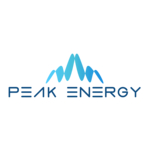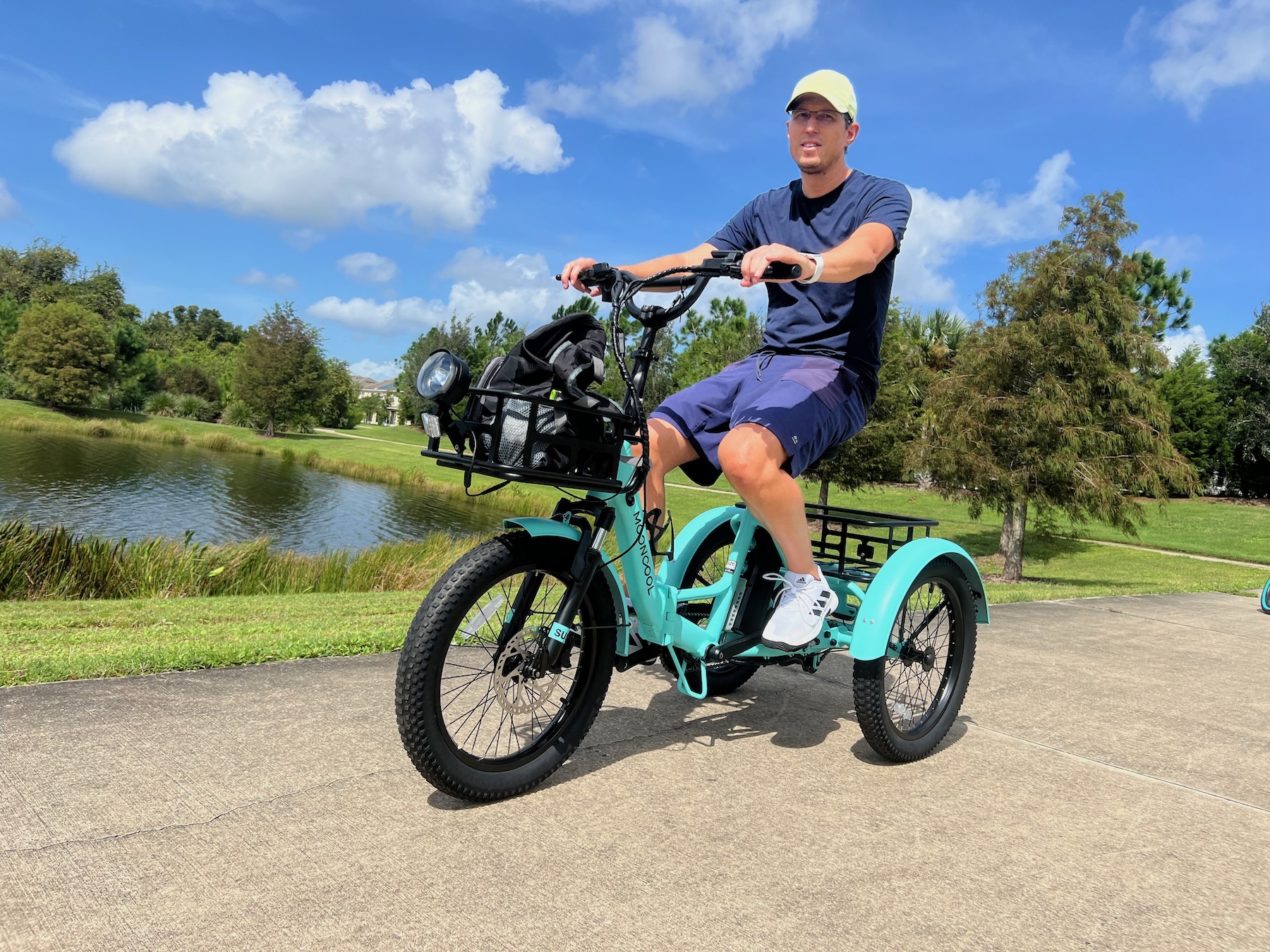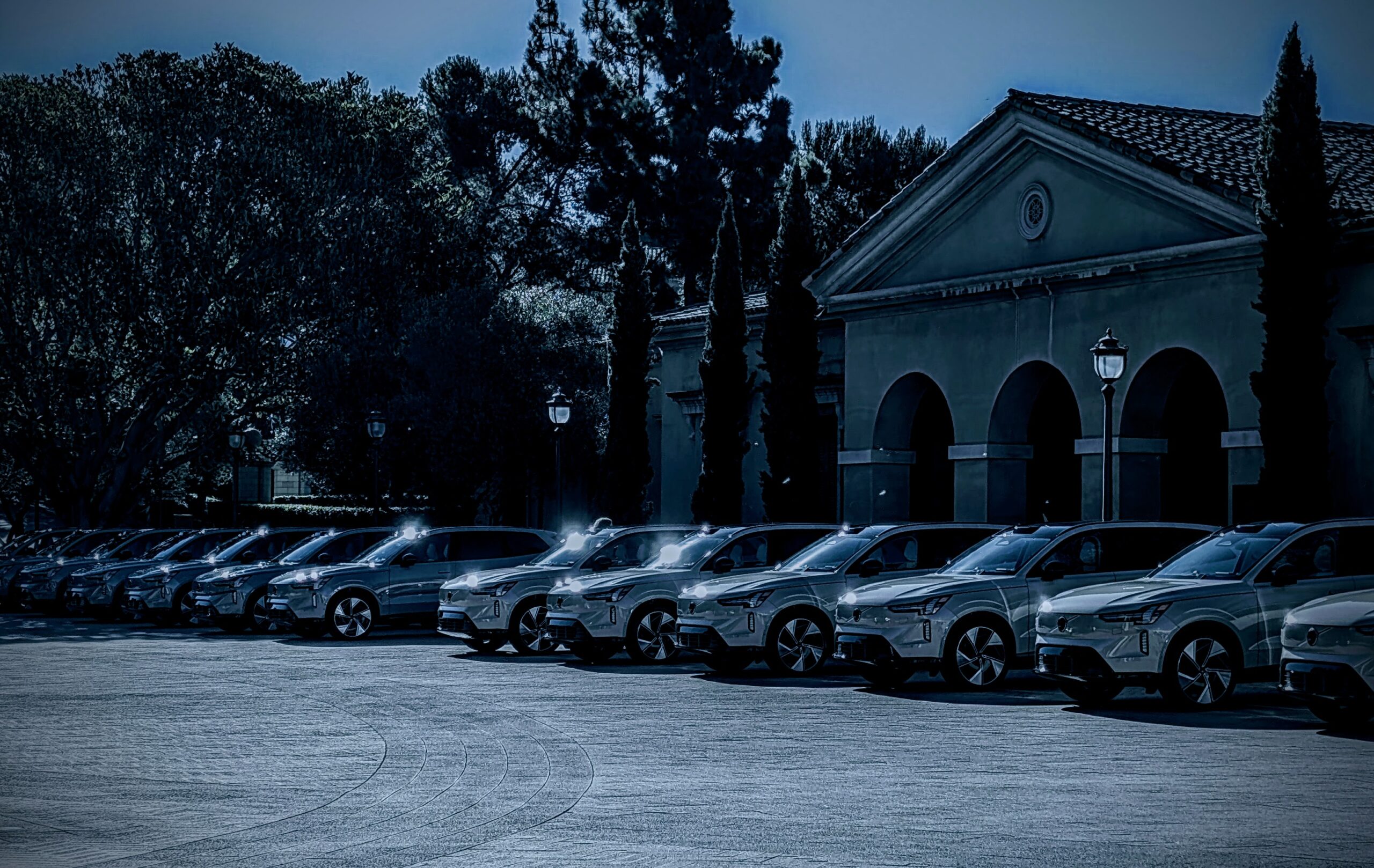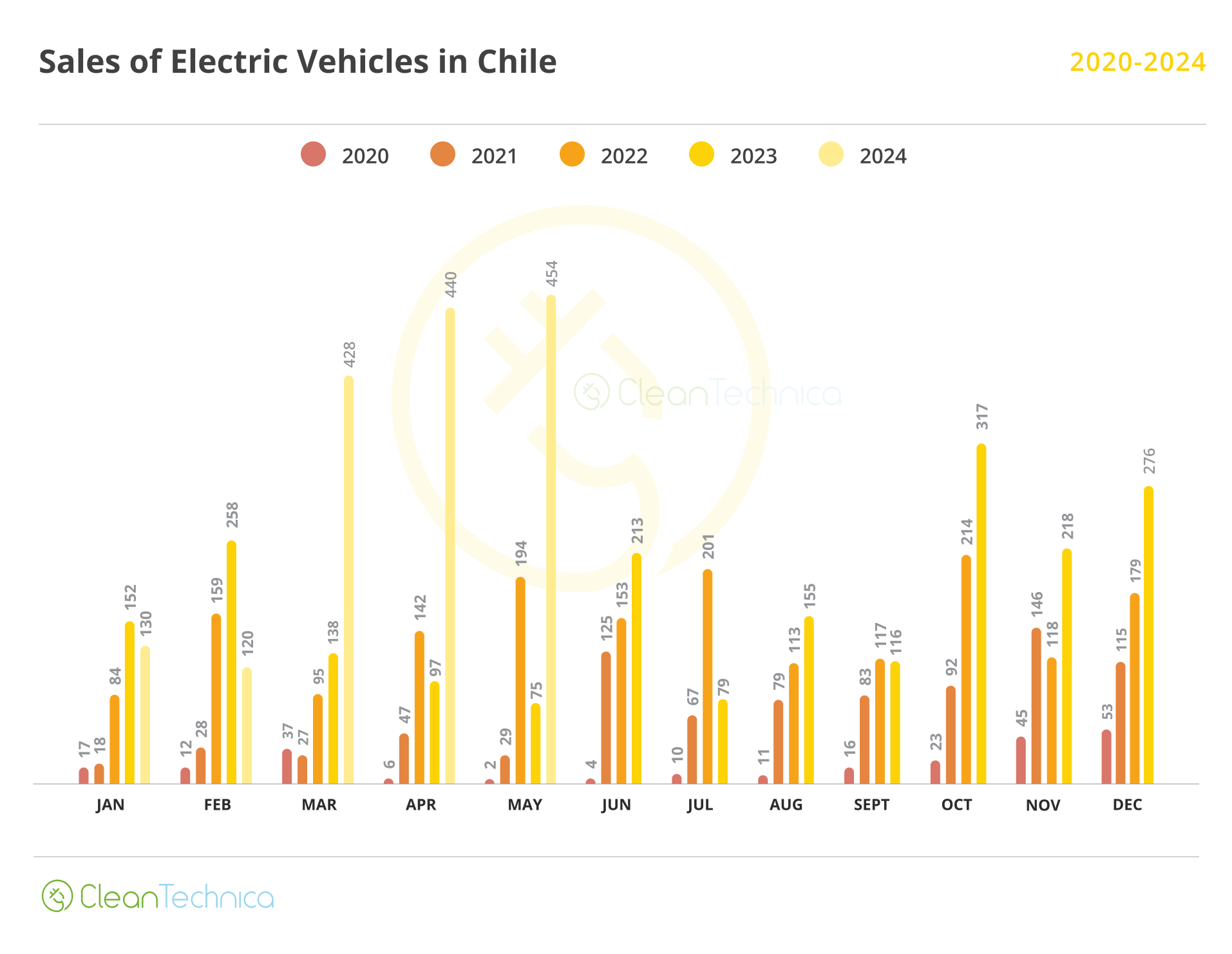Sign up for daily news updates from CleanTechnica on email. Or follow us on Google News!
How the Laboratory Contributed to a Clean Energy Future
It may be hard to believe 2023 has already come and gone, but researchers at the U.S. Department of Energy’s (DOE’s) National Renewable Energy Laboratory (NREL) have not let the past year slip by.
NREL’s scientists and staff have busily propelled many remarkable achievements as the laboratory leads the energy transition to a clean energy future. Below, revisit 20 of NREL’s most-impactful research highlights from 2023.
Jan. 17
With only a small percentage of plastics being recycled, finding new and improved ways to recycle and reuse those materials could reduce plastic waste pollution by enabling more adoption of plastics recycling.
Researchers at NREL examined the benefits and trade-offs of current and emerging technologies for recycling certain types of plastics to determine the most appropriate options. They compared various technologies for closed-loop recycling through mechanical or chemical processing, which eliminates the need for fossil-fuel-derived virgin materials. The researchers considered technical metrics such as material quality and retention, as well as environmental metrics including energy use and greenhouse gas emissions.
Jan. 19
With the shift to renewable energy, a new era of electrification is on the horizon, supported in large part by the breakthrough battery designs that researchers at NREL believe are at our fingertips.
Ongoing NREL research is refining Li-ion batteries to meet the unique needs of different applications. As part of DOE’s ReCell Center, NREL is helping improve direct recycling of Li-ion batteries, which uses less energy while minimizing environmental impacts, to capture more valuable materials than alternative recycling methods. This research supports the development of a circular economy for essential battery materials and improves overall sustainability of battery technologies.
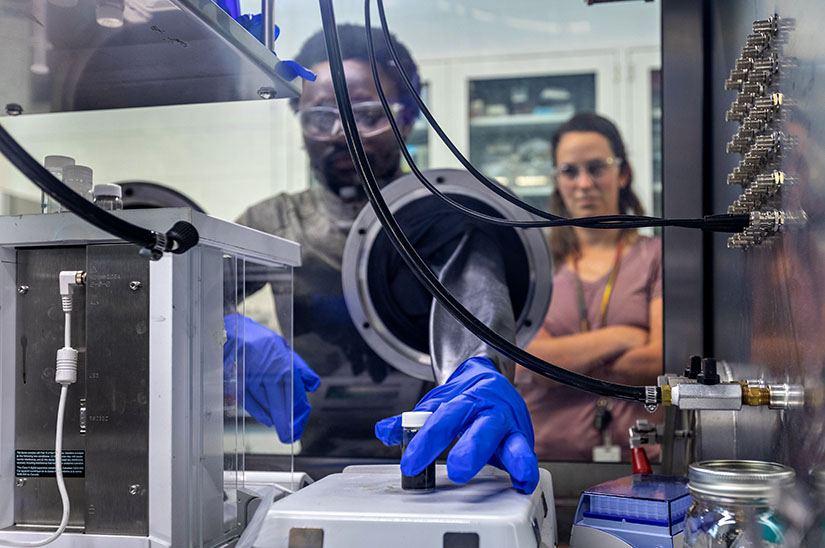
Jan. 24
Hydrogen is an energy carrier that can be produced and consumed with nearly zero emissions in several key markets where natural gas is used today. Blending hydrogen into natural gas pipelines is just one of these markets, but numerous challenges and uncertainties complicate this approach.
A technical report co-authored by researchers at NREL, Sandia National Laboratories, and Pacific Northwest National Laboratory reviewed the state of hydrogen blending technology to provide direction for future hydrogen blending research. The report explores material, economic, and operational factors that must be considered, including consideration of relevant mathematical models of how blending hydrogen impacts the operation of natural gas transmission and distribution infrastructure.
March 7
With the ability to provide electricity, heating, cooling, and storage—plus the potential to access critical minerals, capture and sequester carbon, produce green hydrogen, and more—the natural heat of the Earth is a powerhouse ready to be tapped. And investors and leaders across both the public and private sectors are moving full steam ahead with geothermal.
Colorado Gov. Jared Polis recently launched “The Heat Beneath Our Feet” initiative to encourage renewable geothermal energy generation in Colorado and other western states. As part of this Western Governors’ Association initiative, NREL provided technical assistance for the project. From improving geothermal resource identification to advancing drilling techniques to expanding emerging technologies, researchers at NREL are discovering how geothermal can use the planet to save the planet.
March 14
It is about 10,000 miles between the main campus of NREL in Golden, Colorado, and Western Australia. But that distance shrank considerably when West Australian Fortescue Future Industries (FFI), a subsidiary of globally leading resources and energy company Fortescue Metals Group Ltd. (Fortescue), announced a partnership with NREL for the Fortescue Colorado Innovation Center, a U.S.-based FFI Worldwide Green Hydrogen research and development center in Colorado.
The initial collaboration between NREL and FFI will be three years, but ultimately FFI expects to invest $80 million over 10 years in research projects with NREL—a partnership with the potential to create more than 350 Colorado jobs.
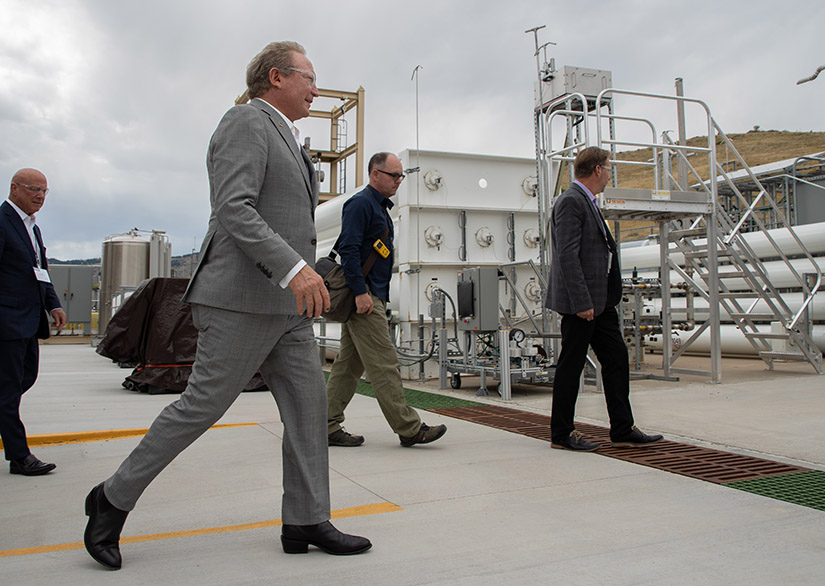
March 21
Along global coastlines, a powerful force churns. Ocean waves contain tremendous amounts of power; in the United States, ocean waves carry the equivalent of almost 60% of the United States’ annual electricity needs.
But before the country (and the world) can tap into that well of power, a fleet of new technologies is needed to harness the waves—affordably. So the marine energy team at NREL lent their expertise to four projects focused on that very challenge. As part of a $24.9 million funding opportunity from DOE’s Water Power Technologies Office, NREL researchers helped project partners improve the performance of four different wave energy converter designs.
March 30
For a 60-minute period in January 2023, a power plant like no other existed in the U.S. Mountain West. It contained a solar array, lithium-ion battery, hydrogen electrolyzers, and a nuclear reactor, all coordinating with each other to provide reliable power. Even more unusual, the plant combined real and simulated technologies hundreds of miles apart.
This unique power plant was part of a national research and development project to remotely connect energy assets in real time using DOE’s Energy Sciences Network. By linking capabilities at NREL and the Idaho National Laboratory, the researchers created a collaborative “SuperLab” that allowed them to study energy systems currently not in existence. In this case, they demonstrated that renewable and nuclear energy, combined within a hybrid system, can complement each other well to support the grid.
April 13
Low-level jet streams, also known as low-level jets (LLJs), behave in powerful and complex ways that can impact numerous American lives and livelihoods. Winds that blow along the U.S. coastline hit the homes of over 128 million people. To harness this renewable energy resource, states along the Atlantic coast have pledged to deploy almost 20 gigawatts of wind energy by 2035, which will make wind a substantial source of energy for the nation’s most densely populated region.
But understanding how LLJs behave can help unlock their full potential, and studying this invisible force has proved challenging for most researchers—until now. With joint support from the National Offshore Wind Research and Development Consortium and GE Offshore Wind, researchers at the General Electric Global Research Center and NREL are studying the impact of LLJ behavior along the Atlantic coast on coastal wind farm installations to find critical insights for a burgeoning U.S. wind energy economy.
June 20
The reason for windows research is clear. Overall, DOE estimates, windows account for 8.6% of energy use in buildings. Poorly performing windows drive up energy costs as a building’s heating, ventilating, and air conditioning system attempts to overcome too much heat escaping or too much cold entering the space. Problems with panes can be a real pain.
Researchers at NREL have been working to improve windows since 1983. Early work formed the basis behind dynamic window technology in which the glass darkens because of temperature or electric current to better shield occupants from the sun. Ongoing research today involves testing windows for durability, demonstrating technologies, and developing new ideas.
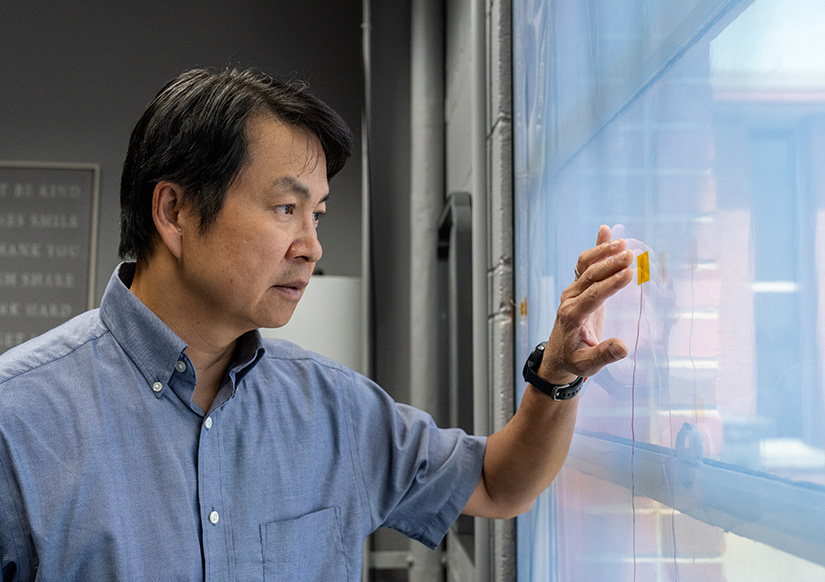
June 23
While plans for the nation’s highways began with a booklet of paper maps, plans for the national electric vehicle (EV) charging network are applying data models and high-performance computing to draw the contours of the nation’s infrastructure needs.
The plans will be shaped by a seminal study from NREL, which has been at the forefront of assessing EV charging needs and developing state-of-the-art analytical tools for over a decade. In the study, researchers estimated the number, type, and location of chargers needed to create a comprehensive network of EV charging infrastructure, one that can support an anticipated 30–42 million EVs on the road by 2030.
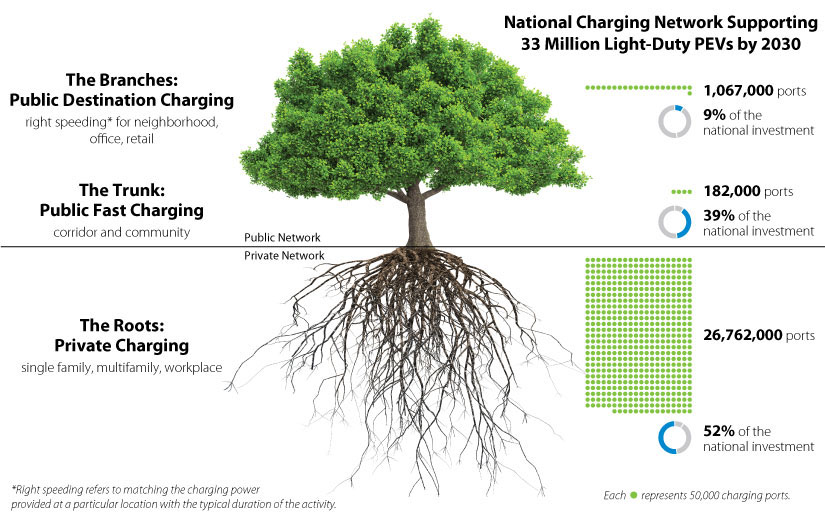
July 13
NREL researchers are helping the Black Farmers’ Collaborative further plans to incorporate clean energy technology on farms and in communities. They hope the concepts will serve as models for generating solar energy throughout the state.
The work was a part of the Clean Energy to Communities (C2C) Expert Match program, a DOE initiative that pairs communities with researchers from national laboratories to provide short-term technical assistance to address clean energy goals. Bealsville, Florida, and the Black Farmers’ Collaborative were among dozens of communities that applied for and received support for their energy goals through the program as of June 2023, and more communities are in the pipeline to work with researchers to address their local energy challenges.

July 17
A bifacial perovskite solar cell, which allows sunlight to reach both sides of the device, holds the potential to produce higher energy yields at lower overall costs, according to scientists at NREL. Past bifacial perovskite solar cell research has yielded devices considered inadequate in comparison to monofacial cells, which have a current record of 26% efficiency. Ideally, the NREL researchers noted, a bifacial cell should have a front-side efficiency close to the best-performing monofacial cell and a similar back-side efficiency.
The researchers were able to make a solar cell where the efficiency under illumination from both sides are close together. The lab-measured efficiency of the front illumination reached above 23%. From the back illumination, the efficiency was about 91%–93% of the front.
July 27
Ukraine is maintaining light, heat, and other power needs while its grid is constantly targeted by missiles and other attacks. Resilience—for the grid, for the people operating the grid, for Ukraine—is essential for the country now and as they look to the future.
Through USAID, the United States works with Ukraine’s government, energy private sector, and civil society to enhance Ukraine’s energy security and transform Ukraine’s energy sector into a modern, market-oriented, European Union-integrated engine of growth. USAID is providing direct support to improve Ukraine’s energy policy, legal, and regulatory environment and makes direct investments in the electricity, gas, and heat sectors. In partnership with USAID, NREL is supporting deployment of renewable-generation-based microgrids that will enable Ukraine to increase its energy independence and resilience by integrating more renewables into its energy mix.
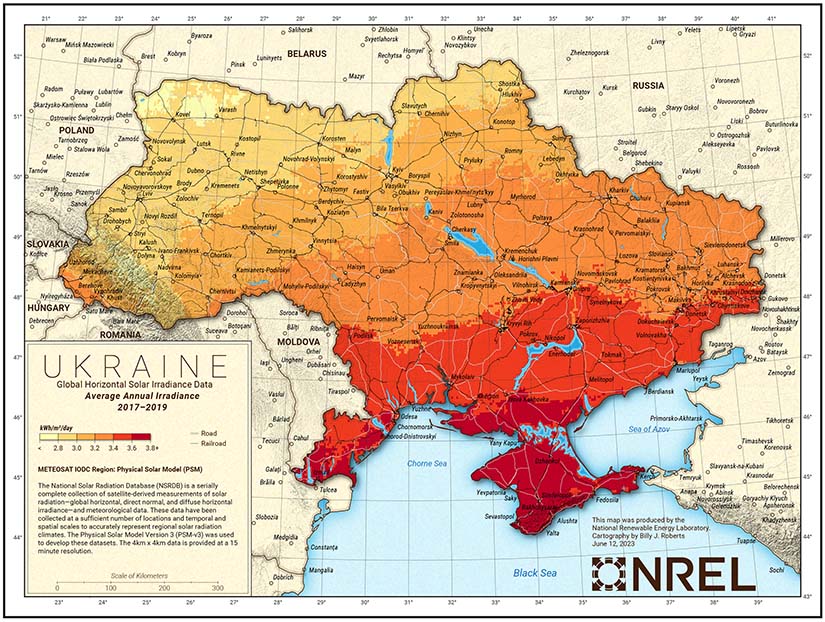
Aug. 22
A small commercial salmon troller in Sitka, Alaska, will make history as one of the first low-emissions fishing vessels ever deployed in the state. Using a unique parallel hybrid battery-diesel system, the boat can travel at full speed using its diesel engine, then switch to a battery-electric motor when fishing, cutting the boat’s fuel use by 80%.
Hybridizing the vessel has taken a village—and several years of collaboration. The project began when the Sitka-based Alaska Longline Fishermen’s Association applied for support from DOE’s Energy Transitions Initiative Partnership Project to assess fishing vessel hybridization options. ETIPP paired the association with commercial vehicle researchers from NREL and Sandia National Laboratories.
Aug. 23
Over the past 10 years, NREL’s Energy Systems Integration Facility (ESIF) has incubated pivotal clean energy technologies and has primed the world to integrate those technologies. The ESIF and its staff have helped communities and countries to reach record amounts of renewable energy and companies to explore the innovative edge of energy integration.
As a user facility, the ESIF has sustained a rolling flow of close collaborations. Partners of diverse size and scope have engineered solutions in the ESIF ecosystem, tapped ESIF’s data and computational tools to catalyze discoveries, or have literally moved their own people and operations in among the equipment for all-access R&D. Now, as the ESIF merges its capabilities with NREL’s Flatirons Campus to form the world-class Advanced Research on Integrated Energy Systems platform, the ESIF brand of integrated research will be elevated further.
Sept. 14
Buildings are responsible for 40% of total energy use in the United States, including 75% of all electricity use and 35% of the nation’s carbon emissions. Although today’s decarbonization efforts often focus on renewable electricity or electric vehicles, decarbonizing the building stock is also essential.
To facilitate decarbonization of the U.S. building stock, researchers at NREL have created a new, meticulously researched data set that details how buildings do—and could—use energy. This data set, called the End-Use Load Profiles, reveals the massive climate impacts that improvements to the U.S. building stock could have.
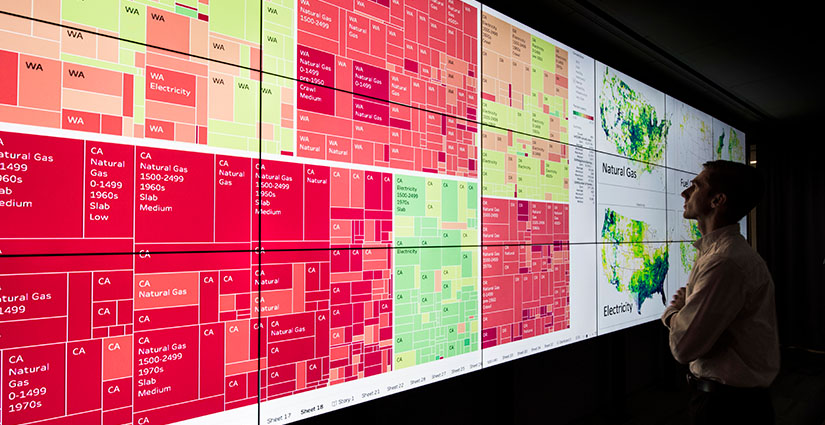
When Joby Aviation wanted to figure out the environmental impact of its future all-electric aerial ride-hailing service, NREL helped provide a technological bird’s eye view. Knowing the potential effect of taking such services to the skies is important for many reasons—logistics come to mind—but learning how aerial ride-hailing could merge with national decarbonization efforts is paramount for NREL researchers.
The NREL partnership reveals how Joby Aviation’s sustainability efforts could help mitigate the global climate crisis moving forward. The case study provides guidance to support the development of eco-conscious manufacturing practices and to gain a better understanding of its operational climate footprint. The study looks at its manufacturing processes, how it transports passengers between urban locations, every aspect of its supply chain, and even what happens to the aircraft after it is retired.

Sept. 22
While the United States has excellent wind resources over much of the country, some locations are less windy and, as a result, have not seen much wind energy development. Harnessing wind power in a cost-effective manner has long been a challenge in these areas. But new technologies could make it possible to profitably capture winds blowing higher above the ground across much of the United States.
In a recent NREL study, researchers found that technology innovations making their way into commercial markets today and in coming years could unlock 80% more economically viable wind energy capacity within the contiguous United States. This could go a long way toward helping the nation meet its clean energy goals.
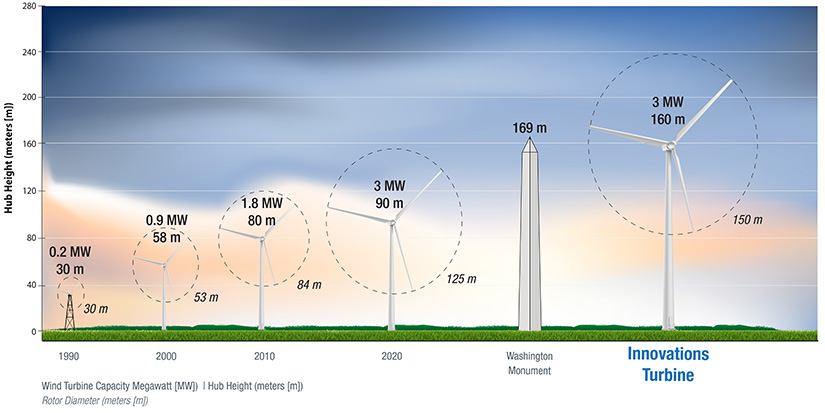
Nov. 16
Imagine the sun slowly rising over the vast metropolis of Los Angeles, a city that stretches from the ocean to the mountains. As Angelenos wake up for the day, they turn on lights powered by 100% clean electricity. Their homes are cool, protected from the sweltering heat of the California summer. Workers commute to their jobs via electric vehicles, buses, and bikes. Everybody knows that they have a voice in energy decisions of their city.
This is the future that the Los Angeles Department of Water and Power envisions for all LA residents. Some think that this goal of clean air, well-paying jobs, economic opportunity, and affordable, accessible energy for everyone is a dream reserved for optimists. But researchers at NREL disagree. Developed over two years of community engagement, modeling, and analysis, the LA100 Equity Strategies project outlines strategic, community-driven approaches that can help that dream become a reality for Los Angeles.
Dec. 12
NREL and Amazon, the largest corporate purchaser of renewable energy worldwide since 2020, are working to modernize greenhouse gas (GHG) emissions quantification using higher-resolution data and longer-term modeling. The pair are collaborating on a guidance document and new data sets, published by NREL, that will allow corporations to make better-informed decisions around their respective GHG emissions.
The project will build upon the capabilities of NREL’s Cambium data sets—which contain modeled hourly emission, cost, and operational data for the U.S. electricity sector—by introducing longer-term forward-looking analysis and considering potential emissions of major corporate projects, such as a new data center or facility. The improved emissions modeling will cover a variety of representative projects that companies can reference for their own analyses.

The above stories are just a snapshot of all the amazing research taking place each day at NREL. Visit our News and Features webpage to discover more ways that NREL researchers are advancing the science, development, commercialization, and deployment of renewable energy and energy efficiency technologies.
Thank you to everyone who helped make 2023 an impactful year for clean energy research! We are excited to continue to transform energy in 2024 and beyond.
Originally published on NREL website.
Have a tip for CleanTechnica? Want to advertise? Want to suggest a guest for our CleanTech Talk podcast? Contact us here.
Our Latest EVObsession Video
I don’t like paywalls. You don’t like paywalls. Who likes paywalls? Here at CleanTechnica, we implemented a limited paywall for a while, but it always felt wrong — and it was always tough to decide what we should put behind there. In theory, your most exclusive and best content goes behind a paywall. But then fewer people read it!! So, we’ve decided to completely nix paywalls here at CleanTechnica. But…
Thank you!
CleanTechnica uses affiliate links. See our policy here.

